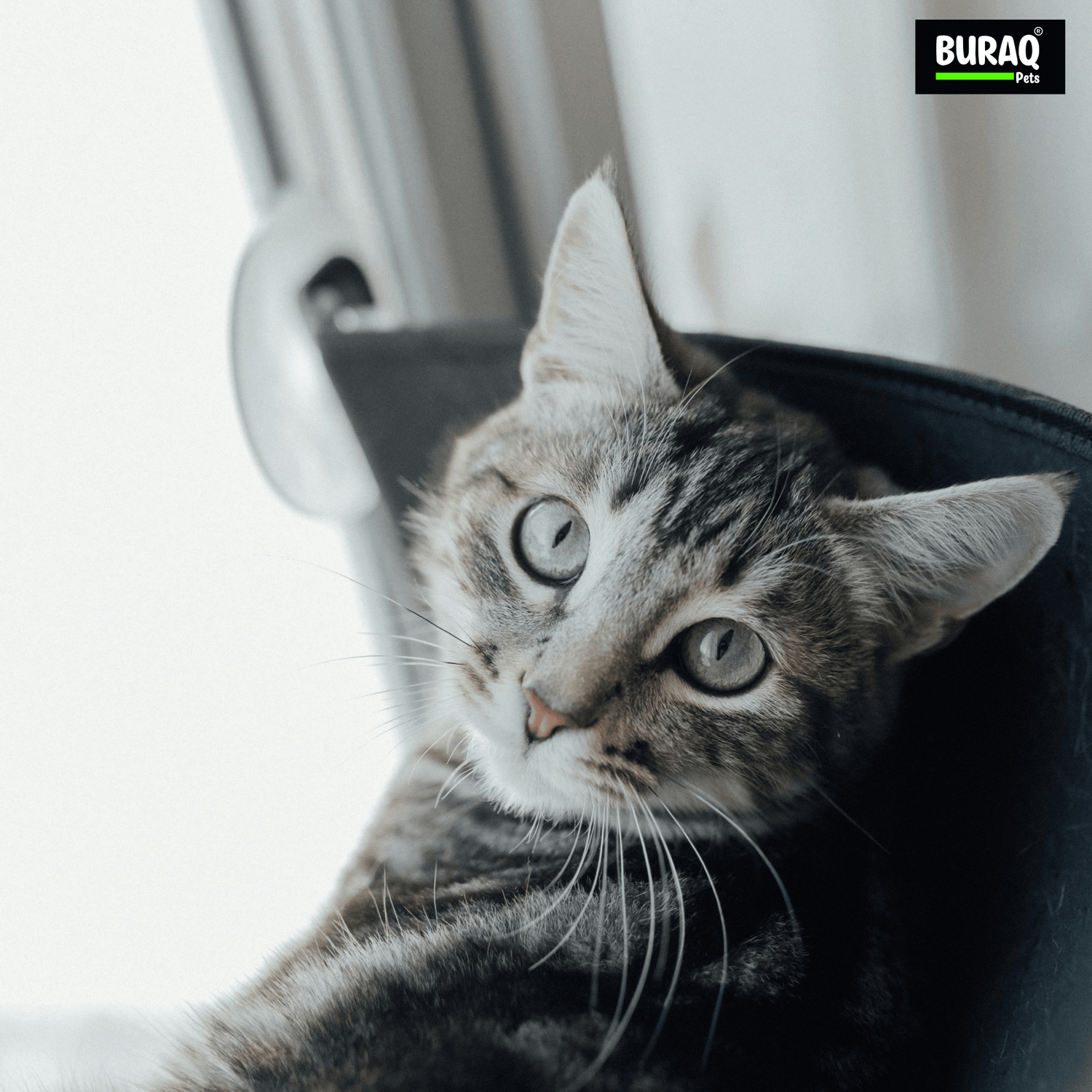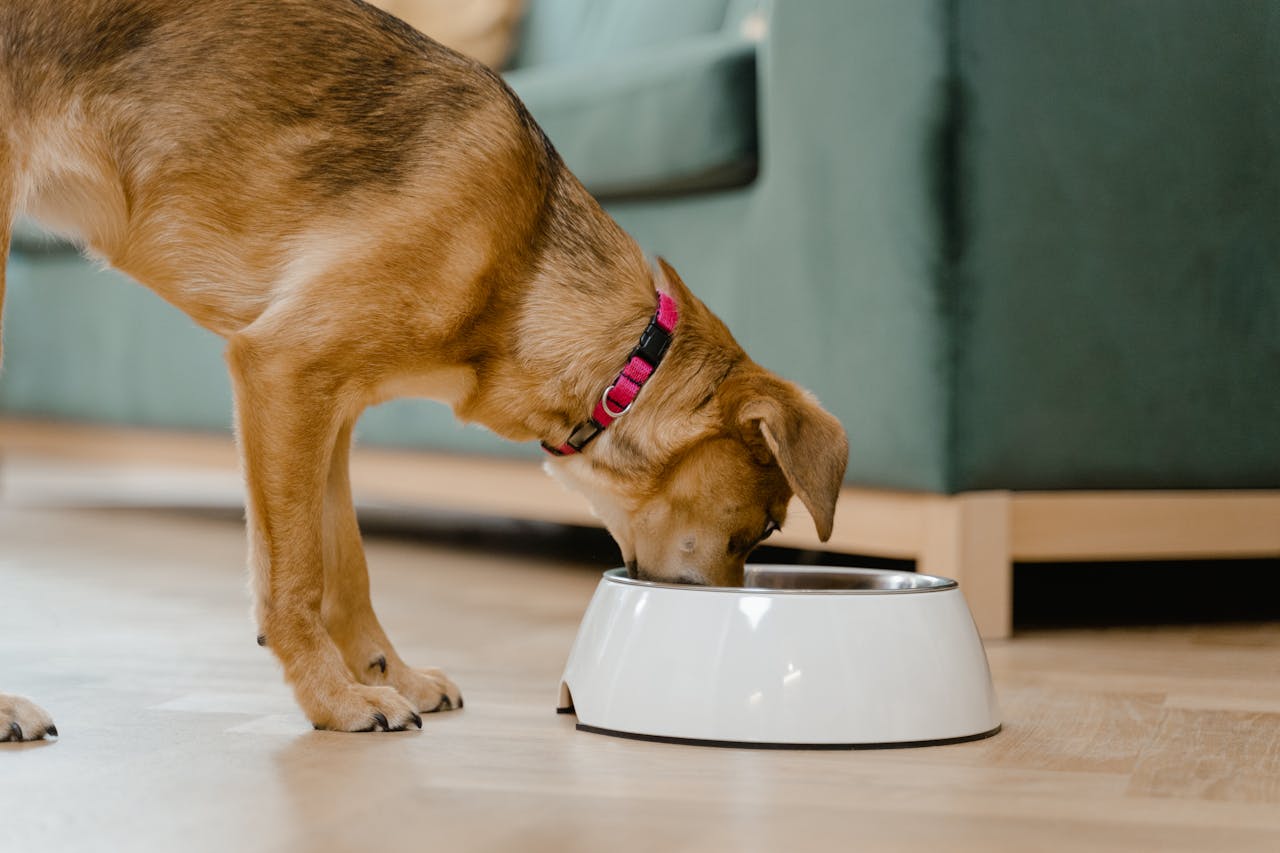
Did you know that 70% of health issues in domestic cats stem from improper diet choices?
Selecting the best food for cats isn’t just about filling their bowls – it’s about ensuring their long-term health and vitality. Unfortunately, navigating the world of cat nutrition can feel overwhelming with countless options lining pet store shelves across India.
From understanding essential nutrients like taurine to deciding between dry and wet cat food, Indian pet parents face unique challenges. The cat food labels often contain confusing terminology, making it difficult to determine what’s truly beneficial for your feline companion. Additionally, factors like your cat’s age, breed, and activity level significantly influence what should go into their food bowl.
Whether you’re considering premium commercial options or exploring homemade cat food India-specific recipes, this vet-approved cat diet guide will help you make informed decisions. Throughout this article, we’ll explore everything from kitten-specific nutritional needs to proper feeding techniques that ensure your cat receives optimal nutrition throughout all life stages.
Let’s dive into the essentials of cat nutrition to help you make the best choices for your furry family member.
Understanding Your Cat’s Nutritional Needs
Cats are obligate carnivores with specific dietary requirements that change throughout their lives. Unlike humans or even dogs, cats cannot thrive on a vegetarian diet - their bodies require nutrients found exclusively in animal tissues.
Why age matters in cat nutrition
A cat’s nutritional needs evolve dramatically as they grow from playful kittens to mature adults and eventually into senior cats. Kittens require significantly more calories and protein per pound of body weight compared to adult cats because they’re building new tissues and developing crucial body systems. Their food must contain approximately 30% protein and 20% fat to support rapid growth and high energy levels.
Adult cats, however, need maintenance nutrition with moderate protein levels (around 26%) and fewer calories to prevent weight gain. Middle-aged cats often benefit from formulas with joint support ingredients like glucosamine and chondroitin.
When cats reach their senior years (typically around age 7-10 depending on breed), their metabolism slows considerably. At this stage, they require foods with enhanced digestibility, moderate protein levels, and often additional supplements like omega fatty acids for cognitive function and antioxidants to combat cellular aging.
How breed and size influence food choice
Though not as variable as dogs, cat breeds still have distinct nutritional requirements. Long-haired breeds such as Persians or Maine Coons often benefit from foods containing additional omega fatty acids to maintain healthy skin and coat. These larger breeds also tend to have slightly higher caloric requirements throughout adulthood.
Short-nosed breeds like Himalayans may require specially shaped kibble that’s easier to pick up and chew. Meanwhile, particularly active breeds such as Bengals or Abyssinians might need energy-dense formulations to fuel their high activity levels.
Size also plays a crucial role - larger cats generally need more calories, but the relationship isn’t perfectly linear. A 12-pound cat doesn’t need twice the food of a 6-pound cat. Instead, metabolism and body composition factor heavily into nutritional requirements. Overweight cats require carefully controlled portions to achieve gradual, safe weight loss.
Energy and nutrient needs at different life stages
Beyond age and breed considerations, understanding specific nutrient requirements is essential for selecting the best food for cats. Protein remains the cornerstone of feline nutrition at all life stages, but the quality matters tremendously. Look for named animal protein sources (like chicken or salmon) rather than generic “meat by-products” on cat food labels.
Taurine is particularly vital - this amino acid is essential for heart function, vision, and reproduction in cats. Unlike some mammals, cats cannot synthesize sufficient taurine and must obtain it through diet.
Fat requirements change throughout life, with kittens needing higher fat for brain development and growth, while older cats often benefit from controlled fat levels to maintain healthy weight. Essential fatty acids, particularly DHA and EPA, support skin, coat, and joint health across all life stages.
Moisture content becomes increasingly important as cats age. Many adult cats develop kidney issues later in life, making adequate hydration crucial. This is one reason many veterinarians recommend incorporating wet food into a cat’s diet, especially for older felines who might not drink enough water independently.
Understanding these nutritional nuances allows Indian pet parents to make informed decisions when navigating the growing selection of cat foods available in the market.
Kitten Food vs Adult Cat Food
Understanding the difference between kitten and adult cat food is fundamental for providing optimal nutrition throughout your feline’s life. These specialized formulations are not interchangeable, as each addresses specific life-stage requirements.
Key differences in ingredients and formulation
Kitten food is specifically engineered to support rapid growth and development during the first year of life. Notably, kitten formulas contain significantly higher protein levels—a minimum of 30% compared to adult food’s 26% [1]. This protein boost supports healthy tissue development in growing kittens.
The caloric density in kitten food is considerably higher as well, designed to fuel the energetic needs of playful, developing kittens. Furthermore, kitten food contains:
- Higher fat content for energy and brain development
- Increased calcium and phosphorus levels for bone growth
- More concentrated vitamins and minerals
- Enhanced levels of DHA for cognitive development
- Greater amounts of essential amino acids [1]
Texture differences exist too, as kitten kibble is typically smaller to accommodate tiny mouths and developing teeth [2]. The overall formulation focuses on supporting growth versus the maintenance focus of adult formulations.
Why kitten food is not suitable for adult cats
Feeding kitten food to adult cats can result in several health complications. Primarily, the higher caloric density quickly leads to obesity, potentially triggering diabetes, joint problems, and other weight-related health issues [1]. Considering nearly 60% of cats are already overweight or obese [3], continuing kitten food beyond the appropriate age significantly increases these risks.
Adult cats generally require fewer calories and a more balanced nutrient profile for maintenance rather than growth. The excess nutrients in kitten food can strain an adult cat’s metabolism, consequently leading to:
- Liver stress from processing excess protein
- Kidney strain from higher mineral content
- Potential cardiovascular issues from excess fats [1]
Once cats reach maturity and become less active than they were as kittens, they simply don’t need the same amounts of nutrients found in kitten formulations [4]. Adult cat nutrition focuses more on long-term health maintenance and disease prevention [5].
Risks of feeding adult food to kittens
Adult cat food lacks the necessary nutritional density that growing kittens require. Feeding kittens adult food regularly can lead to slower growth, weaker immune development, and potential digestive issues [2].
The consequences of this nutritional mismatch are serious. Kittens who don’t receive enough calories will be smaller, frailer, and more susceptible to illness [6]. Their expansion may be delayed by this fuel shortage [7]. Most importantly, their developing bodies need the additional protein, fat, and minerals that only properly formulated kitten food provides.
Kittens need substantial energy to build bone and muscle rapidly—in fact, they require twice as much calcium as adults [8]. Without adequate nutrition during this critical development phase, kittens may experience stunted growth and weakened immunity.
Think of it like giving a toddler an adult meal—it’s not immediately harmful in small amounts, but certainly not ideal for proper development [2]. For optimal health, kittens should consume kitten-specific formulations until they reach approximately 90% of their adult size, which typically occurs around 12 months of age [3].
When to Switch to Adult Cat Food
Timing the transition from kitten to adult cat food is crucial for maintaining optimal health throughout your feline friend’s life. Making this dietary shift at the right moment ensures proper nutrition without excess calories that could lead to weight issues.
General age guidelines for most cats
For most standard cat breeds, the ideal time to switch from kitten to adult food occurs around 12 months of age [9]. At this one-year mark, cats typically have reached adulthood and no longer require the extra calories and nutrients found in kitten formulations [10]. Their growth rate has significantly slowed, and their nutritional needs shift from supporting rapid development to maintaining adult health.
Most veterinary nutritionists recommend transitioning when your cat has reached maturity or at 1 year of age, whichever happens later [10]. This guideline works well for most domestic cats regardless of breed. Essentially, once your kitten has attained approximately 90% of their predicted adult size, they’re ready for adult nutrition [3].
Remember that continuing to feed kitten food beyond this point may contribute to obesity due to the higher calorie content in kitten formulas [3]. This is particularly important since almost 60% of cats are already considered overweight or obese [3].
Special considerations for large breeds
Large cat breeds follow a different developmental timeline and accordingly need special consideration when planning the switch to adult food. Maine Coon cats, naturally, require kitten food for a longer period—often until 15-18 months of age [3] [4]. In some cases, these larger breeds may need up to 24 months before fully transitioning [11].
This extended timeline exists primarily because larger breeds take longer to reach their full size and maturity. Other large breeds, such as Persian cats, may likewise benefit from remaining on kitten food until they’re approximately 18 months old [12].
If you own a large breed cat, consulting with your veterinarian about the optimal transition timeline is highly recommended, as individual growth patterns vary even within breeds [12].
Signs your kitten is ready for adult food
Beyond age alone, several indicators suggest your kitten is prepared for adult cat nutrition:
- Reaching 90% of their anticipated adult weight [10]
- Decreased interest in frequent meals
- Noticeable slowing in growth rate [9]
- Maturation of adult teeth
- Decrease in extremely playful, kitten-like behavior
If your cat seems to be gaining excess weight despite regular activity, this might also indicate they no longer need the higher calorie density of kitten food [13]. Alternatively, if your cat still appears to be growing significantly, it might be worth extending their time on kitten food, regardless of age.
Prior to making any dietary changes, consult your veterinarian who can evaluate your specific cat’s development and provide personalized guidance [3]. They can help determine if your cat has truly reached physical maturity based on their specific growth pattern rather than just their chronological age.
How to Transition Your Cat’s Diet Safely
Changing your cat’s food abruptly can cause digestive upset, making a careful transition essential for your feline’s health. A methodical approach ensures your cat adapts comfortably to their new nutrition.
7-day transition plan explained
The ideal food transition follows a 7-day schedule that gradually introduces the new food while reducing the old:
- Days 1-2: Mix 25% new food with 75% current food
- Days 3-4: Provide equal amounts (50/50) of both foods
- Days 5-6: Increase to 75% new food with 25% old food
- Day 7: Complete the switch to 100% new food
This gradual approach allows your cat’s digestive system to adjust comfortably to the new ingredients and formulation. Maintain consistent feeding times throughout this process to minimize additional stress.
What to do if your cat resists the new food
Cats are notoriously finicky eaters, often reluctant to accept dietary changes. Should your cat refuse the new food, consider these approaches:
Warm the food slightly to enhance its aroma, making it more appealing. Alternatively, try mixing in a small amount of wet food as a topper to entice your selective eater.
Never starve your cat into accepting new food, as this can lead to potentially fatal hepatic lipidosis, especially in overweight cats. Instead, extend the transition period by staying at the current ratio for several additional days before proceeding.
Some cats respond well to meal feeding rather than free feeding during transitions. Remove uneaten food after 30 minutes, then offer the next meal at the regular time—this often increases interest in the provided food.
Common digestive issues and how to handle them
Digestive upset remains the primary concern during food transitions. Watch for these warning signs:
Vomiting or diarrhea: If mild, slow down the transition by returning to the previous mixing ratio for several additional days. For persistent issues lasting more than 24 hours, consult your veterinarian.
Constipation: This sometimes occurs when switching between wet and dry formulations. Ensure your cat drinks sufficient water, particularly when transitioning to dry food. Adding a teaspoon of plain pumpkin puree (not pie filling) to meals can help regulate digestion.
Reduced appetite: If your cat’s interest in food decreases, try serving meals at room temperature rather than cold, as this enhances flavor and aroma. Simultaneously, ensure you’re not overfeeding, as this commonly reduces enthusiasm for meals.
Throughout the transition, monitor your cat’s weight and energy levels to ensure they’re receiving adequate nutrition from their new diet.
Feeding Tips for Indian Pet Parents
Making mealtime decisions for your feline companion involves more than just filling a bowl. Indian pet parents face unique considerations when establishing feeding routines.
Choosing between wet and dry food
Both wet and dry food options offer distinct advantages for cats. Wet food contains approximately 70-85% moisture [14], whereas dry food contains only 6-10% water [15]. Wet food supports urinary health and weight management through lower calorie density [16]. Alternatively, dry food offers convenience, affordability, and potential dental benefits through mechanical cleaning of teeth [17].
Portion control vs free feeding
Meal feeding provides measured amounts at specific times, enabling close monitoring of appetite changes and ensuring equal access in multi-cat households [18]. Free feeding (leaving food available all day) works only with dry food and may lead to obesity if portions aren’t measured daily [18]. Combination feeding—offering wet food at scheduled times while making measured dry food available—provides nutritional benefits of both formats [18].
How to read cat food labels in India
Focus on the nutritional adequacy statement indicating the food is complete and balanced for your cat’s life stage [19]. Examine ingredients listed by weight, prioritizing named protein sources rather than generic “meat by-products” [20]. The guaranteed analysis shows minimum protein and fat percentages plus maximum fiber and moisture levels [20].
Importance of hydration with dry food
Cats need approximately 4 ounces of water per 5 pounds of body weight daily [21]. Those eating dry diets often drink insufficient water, potentially leading to urinary issues [21]. Increase hydration by providing multiple water stations, using wide ceramic bowls, and considering water fountains [16].
Conclusion
Choosing the best food for your feline companion requires careful consideration of their unique nutritional needs. Throughout their lives, cats require different nutrients based on their age, breed, size, and health status. Most importantly, understanding these requirements helps prevent common health issues that arise from improper feeding.
Transitioning between kitten and adult food marks a crucial milestone in your cat’s life. This change should happen gradually around the 12-month mark for most cats, though larger breeds may need kitten formulations for up to 18 months. Following the recommended 7-day transition plan prevents digestive upset while ensuring your cat adapts well to their new diet.
Additionally, the choice between wet and dry food depends on your cat’s specific needs and your lifestyle. Wet food provides essential moisture and typically contains fewer calories, while dry food offers convenience and potential dental benefits. Many successful feeding regimens actually combine both formats to maximize benefits.
Reading cat food labels remains essential for making informed decisions. Look beyond marketing claims and focus on nutritional adequacy statements and ingredient lists that feature named protein sources. Portion control also plays a vital role in preventing obesity, which affects a significant percentage of domestic cats today.
Finally, proper hydration deserves special attention, especially if you primarily feed dry food. Your cat needs adequate water intake to support kidney function and prevent urinary issues. Multiple fresh water sources throughout your home can encourage drinking and complement their diet effectively.
The food you choose today shapes your cat’s health tomorrow. By understanding your cat’s specific nutritional requirements and making thoughtful feeding decisions, you provide the foundation for a healthy, happy life for your beloved feline family member.






